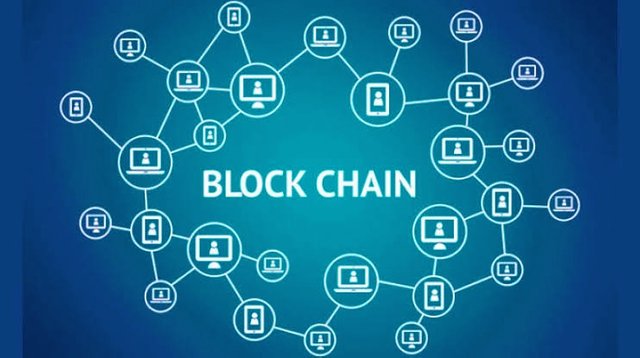What is Blockchain?
We may simply say that the blockchain, which is known in Arabic as “blockchain” is the data that is stored and maintained from...
The question “what is a blockchain?” has become One of the most popular search titles on the Google search engine in recent years. Many curious people search for titles like “Blockchain for Beginners” for “Blockchain Training Courses,” or “Blockchain Introduction” for someone else’s explanation of Blockchain.
So, what is blockchain technology?
We may simply say that the blockchain, which is known in Arabic as “block chain” is the data that is stored and maintained through a decentralized network of computers.
This unreliable technology could fundamentally change the current world as we know it by redefining how we handle information and convey values. For example, blockchain enables us to transfer digital money peer-to-peer without going through banks. This technology reduces the need for an intermediary in many traditional sectors, such as: banking, insurance, entertainment, government, and others. Although blockchain is in its early stages of development, this technology has already begun to be used in real life in cryptocurrencies, government data storage, and other areas. Possible possibilities for its use in the public and private sectors are also studied.
One of the most famous blockchains known to this day is the one used in the cryptocurrency "Bitcoin".
How it works?
The concept of blockchain technology has been discussed in many books, but let's take a look at the basic concepts of this technology, taking Bitcoin for example:
Blockchain technology records information related to Bitcoin transactions, such as the source of this money, the destination it was sent to, the timing of the transaction, its value, the fees paid in it, and all information related to this transaction. All this information is stored in a series of "blocks", which are somewhat similar to a bowl. In the case of Bitcoin, each block contains data stored for 2,000 transactions (at least until late 2017). Process blocks are connected with cipher auxiliary links.
Blockchain can store various types of data, such as: details of cryptocurrency operations, contents of the land registry, insurance records, health history, car accident history, title changes, and more. It can also act as a platform for other applications.
Blockchains, which function as distributed ledgers with specific timestamps of transactions, are stored (in most cases) through decentralized networks of computers, also called "nodes," with each computer storing an entire Blockchain.
Blockchain features:
The Blockchain is not modifiable, as any change to it requires enormous computing power, and the Blockchain becomes more secure the more ancient it is.
The Blockchain is somewhat transparent, as anyone can see the data stored in the Blockchain (Bitcoin for example) around which all transactions can be viewed using the Blockchain browser. However, some blockchain technologies offer more anonymity.
Blockchain tends to be decentralized, as there is no central authority to control it unlike traditional databases that can be blocked and monitored by their owner. The blockchain can maintain its functionality 24/7 in the event of any malfunction in the network. However, there are trends for more centralized blockchain projects.
All of these features give hope to transform our daily routine procedures into more efficient, transparent, faster and less costly procedures.
Blockchain types:
There are two types of blockchain:
public, (such as Bitcoin), where anyone can join the network of nodes.
Private, (used mostly by companies), where only people with permission can add their own devices to the network.

Your post was upvoted and resteemed on @crypto.defrag